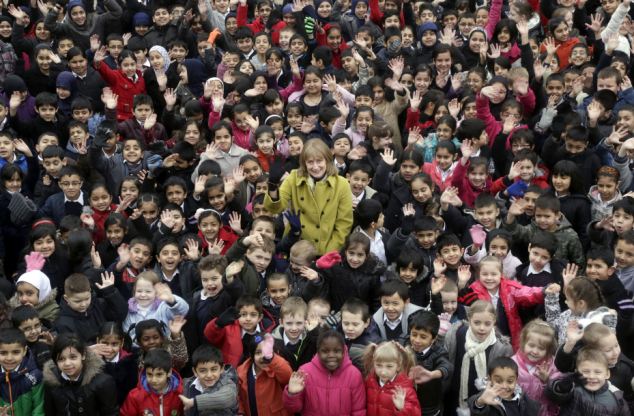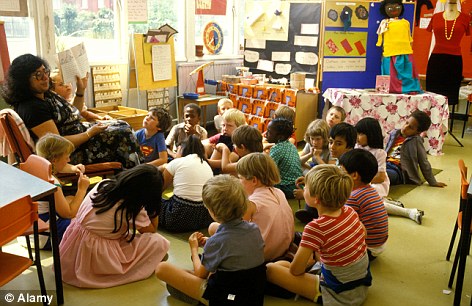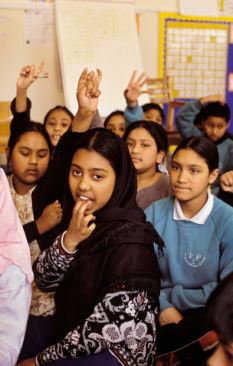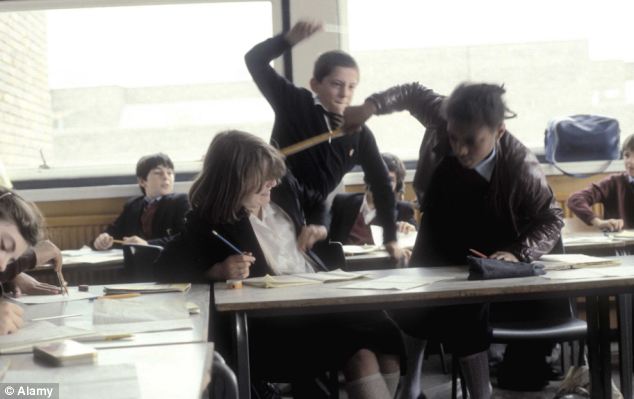Global Foundation to Upgrade Underserved Primary and Secondary Schools
Educate to Uplift, Elevate and Create Self-relianceEUROPE (UNITED KINGDOM)
State of Underserved Primary and Secondary Schools
The state of underserved primary and secondary schools in the United Kingdom (UK), is a product of its history, its society, its social setting determined by the strict social division broken down into various class strata. Its institutional structure was based on the following class divisions:
- Cottagers and laborers: Cottagers were a step below husbandmen, in that they had to work for others for wages
- Husbandman (or other tradesman): a farmer or a tradesman who rented a house
- Yeoman: Includes farmers who are owners of considerable amount of land
- Gentry/Gentleman: Have enough assets to be able to live on his own rental income
- Knight: Generally a title granted by the Monarch designated by Sir
- Baronet: A baronet held a hereditary style of knighthood, giving the highest rank below a peerage
- Peer: Large land owners
- Royal: A member of the royal family, a prince, or close friend

A British primary school where every single pupil is 'foreign' and speaks English as a second language (but it still received a glowing report from Ofsted)
The once class ridden society has given way to a changing society in the UK; thanks to a large immigrant population, a changing economy and a society which can be defined as more educated and multicultural.
The British society is now considered by many to consist of the following groups:
- Upper class: Those of inherited wealth, and includes some of the oldest families with power and influence.
- Middle Class: They include industrialists, journalists, professionals, shop owners business owners
- Lower or Working Class: Agricultural workers, laborers, mine workers, factory and low income workers.
When we define underserved schools in the UK, they are usually defined for those in

Lesson in diversity: Teacher with some of her pupils, who between them speak 20 foreign languages UK
attendance from various ethnic groups and lower and working class whites. The ethnic groups include, Asians, Indians, Pakistanis, Africans, and Arabs (Muslims) and the people from the Caribbean Islands mostly of African descent.
The working class whites represent one of the greatest challenges in the underserved school systems. White working class scores the lowest and below other ethnic groups, when using 5 GSCE subjects A*,-C test passes as a measure of school achievements. (ref2)
 The underserved schools as defined above generally perform below the norm of the average population, and are the frequent criticisms of the news paper headlines such as the Daily Telegraph and other leading newspapers that, "London being turned into apartheid-era Johannesburg." and " children are being taught in "ghettos"; "inner schools are increasing divided along racial lines", warned a leading school headmaster.
The underserved schools as defined above generally perform below the norm of the average population, and are the frequent criticisms of the news paper headlines such as the Daily Telegraph and other leading newspapers that, "London being turned into apartheid-era Johannesburg." and " children are being taught in "ghettos"; "inner schools are increasing divided along racial lines", warned a leading school headmaster.
A comprehensive study undertaken by the Center for excellence and outcomes (C4EO) in Children and Young People's Service, ref1, focuses on "Effective classroom strategies for closing the gap in the educational achievements of children and young people living in poverty, including white working-class boys" is a worthwhile reading exercise.
Another research report " Schools in Disadvantage Areas: Recognizing Contextual and raising Quality", ref2, with similar conclusions, was reported by the "Centre for Analysis of Social Exclusion at the London School of Economics" a worthwhile reading exercise.
Notes: 54 per cent of primary pupils from inner city schools, like this one in east London, do not have English as their first language.
Classroom: Figures have revealed that children who speak English as their first language are in a minority in inner-city London schools

Forty primary school pupils are expelled every day for attacks on staff, shocking figures revealed yesterday.
The violence is so endemic that exclusions for assaulting teachers are now more common in primaries than in secondary school
For the first time, the number of exclusions in primary schools has overtaken those in secondary schools, which are for those aged 11 to 18 (posed). Source: MailOnline-UK
References
1 http://www.c4eo.org.uk/themes/schools/classroomstrategies/files
/classroom_strategies_research_review.pdf
2. http://sticerd.lse.ac.uk/dps/case/cp/CASEpaper76.pdf

